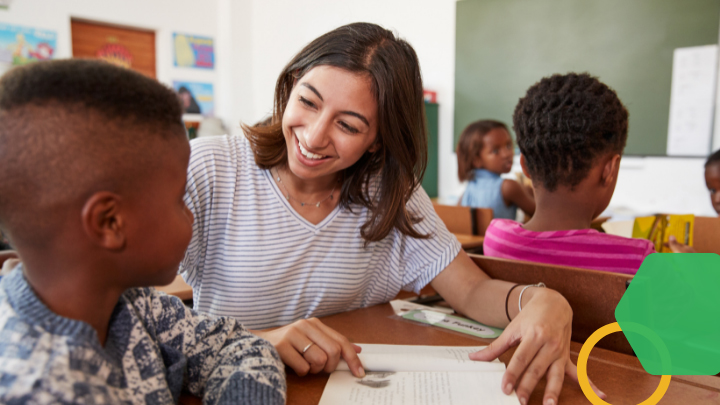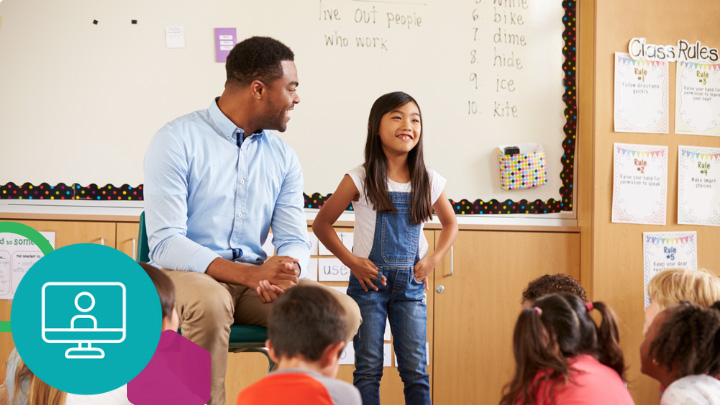After Ashlee’s unannounced observation, the administrator said, “I kept looking for a student who wasn’t doing what he was supposed to. I never found one!” The first graders were in their math station rotation and while Ashlee was working with a small group at her rotation, the other two groups were working together and then independently. No one is leaving their rotation and interrupting Ashlee. No one is off task. Every student is working. When I share Ashlee’s work with other teachers, they don’t believe me. How is it possible for students to take ownership of their learning and to persevere and help themselves when the going gets tough? In this post, Ashlee will share tips that have worked for her and her students.
1. Routines and Procedures
It is hard for students to solve their own problems when routines and procedures haven’t been established or are inconsistent. When students know what is going to happen and when they have the tools they need to be successful, they can focus on learning rather than focusing on where they should sit or how to transition from one station rotation to the next. One of my favorite routines and procedures is to use visuals. Over the summer I create visuals that help establish our routines, and make them accessible to my students. When students have a question or need to be reminded of the routine, they can answer their own questions using the visual instead of asking me. They are learning how to problem solve and troubleshoot and each time they solve one of their own problems, their confidence builds.
2. Modeling
Show students how to go through the routine and model the process for them. Seeing you engage in the routine helps them visual themselves going through it. By modeling you are setting clear expectations.
3. Clear Expectations
Your students can’t read your mind, and confusion and chaos occurs in the classroom when the expectations aren’t clear to students. Anchor charts with expectations on them are powerful visual aids in the classroom, and you can refer to them to re-enforce the expectations as well as name the positive behaviors that you are seeing in your classroom.
4. Incentives and Rewards
Get to know your students and what they are interested in and like. When they meet expectations reward them. Rather than a generic reward, personalize rewards so that they reflect your students’ individuality.
5. Struggling Boosts Confidence
It is really hard to watch a student struggle. In my first year of teaching when a student didn’t know a word, I told them what the word was. Now when students don’t know a word, I ask them, “what strategies can you use to figure it out?” This has been a powerful shift for me. When a student uses a strategy I taught him in order to solve his own problem, I can see the confidence he gains from that experience. He now knows that he is capable, and even though it may be hard, that he can figure it out because he has the tools and strategies he needs to be successful. I make sure I wait for a while after I ask students questions. I give them time to think and process and to try on their own before I jump in and help.
If you want students to be more independent, solve their own problems, and take ownership over their learning, these tips essential. They worked for Ashlee, and with thoughtful planning can work for you too!








